The Run dialog box in Windows 11 is a powerful feature that enables you to open applications, settings, folders, and system utilities directly by typing specific commands. This utility provides a swift method for accessing various components of your system without the need to navigate through multiple menus or windows. By familiarizing yourself with these commands, you can enhance your productivity and streamline your workflow.
How to open and use the Run command box
To utilize Run commands, you first need to access the Run dialog box. Windows 11 offers several methods to open it:
- Press the
Windows+Rkeyboard shortcut. - Right-click the Start menu and select 'Run' from the context menu.
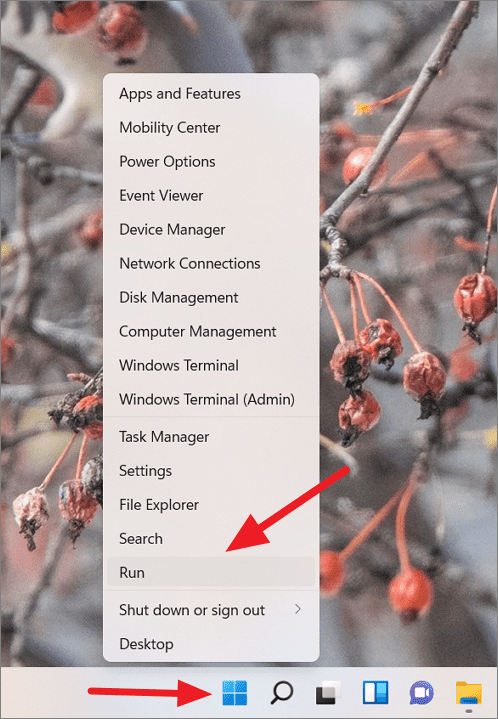
- Click the Search icon on the taskbar, type 'Run', and select the Run app from the search results.
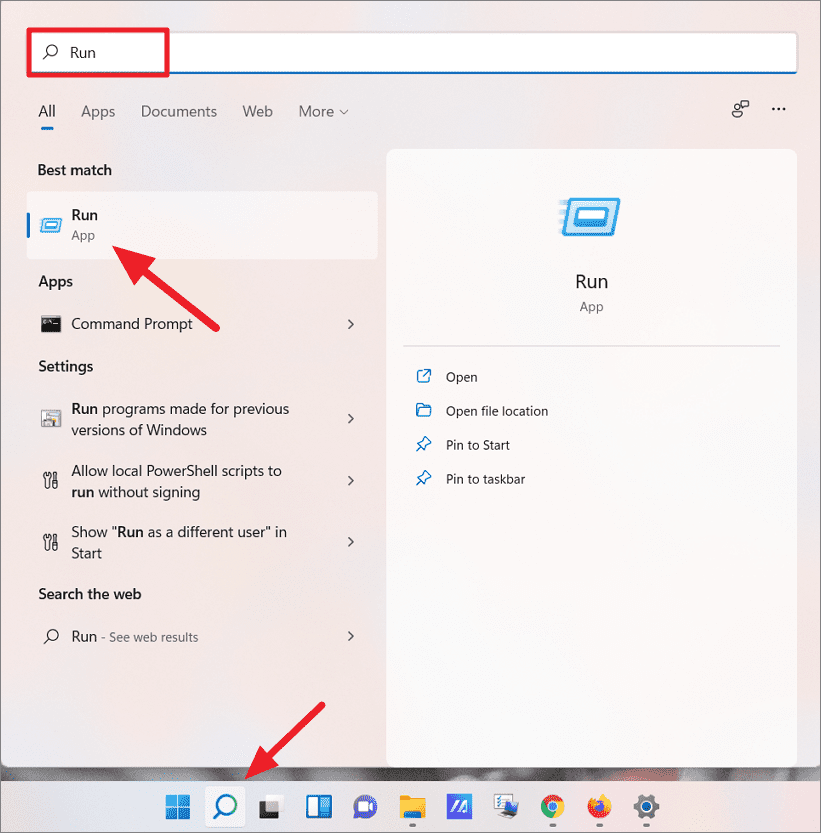
- Search for 'Run' in Windows Search, right-click on the Run app, and select 'Pin to taskbar'. You can then open it directly from the taskbar.

After opening the Run dialog box, type your desired command into the 'Open:' field and press Enter or click 'OK' to execute it.
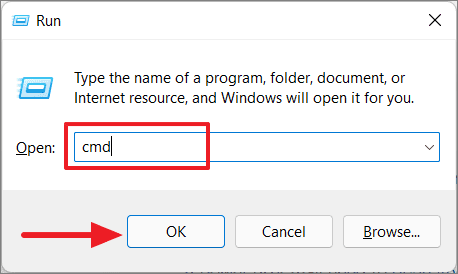
Most Run commands (excluding Windows 11 Settings commands) are not case-sensitive, so you can use any combination of lowercase and uppercase letters.
Most-used Run commands for Windows 11
Here is a list of commonly used Run commands to help you quickly access essential applications and settings:
| Action | Run Command |
|---|---|
| Opens the Command prompt | cmd |
| Access Windows 11 Control Panel | control |
| Opens the Registry Editor | regedit |
| Opens the System Information window | msconfig |
| Opens Services utility | services.msc |
| Opens the File Explorer | explorer |
| Opens the Local Group Policy Editor | gpedit.msc |
| Opens up Google Chrome | chrome |
| Opens up Mozilla Firefox | firefox |
| Opens up Microsoft Edge | explore or microsoft-edge: |
| Opens the System Configuration dialog box | msconfig |
| Opens the Temporary files folder | %temp% or temp |
| Opens the Disk Cleanup dialog | cleanmgr |
| Opens the Task Manager | taskmgr |
| Manage User Accounts | netplwiz |
| Access Programs and Features Control panel | appwiz.cpl |
| Access Device Manager | devmgmt.msc or hdwwiz.cpl |
| Manage Windows Power options | powercfg.cpl |
| Shuts down your Computer | shutdown |
| Opens the DirectX Diagnostic Tool | dxdiag |
| Opens the Calculator | calc |
| Check up on System Resource (Resource Monitor) | resmon |
| Opens up an untitled Notepad | notepad |
| Access Power Options | powercfg.cpl |
| Opens Computer Management console | compmgmt.msc or compmgmtlauncher |
| Opens up the current user profile directory | . |
| Open up the Users folder | .. |
| Open On-Screen Keyboard | osk |
| Access Network Connections | ncpa.cpl or control netconnection |
| Access mouse properties | main.cpl or control mouse |
| Opens the Disk Management Utility | diskmgmt.msc |
| Open up Remote Desktop Connection | mstsc |
| Open Windows PowerShell window | powershell |
| Access Folder Options | control folders |
| Access Windows Defender Firewall | firewall.cpl |
| Logout of the Current User Account | logoff |
| Open Microsoft Wordpad | write |
| Open untitled MS Paint | mspaint |
| Turn Windows Features On/Off | optionalfeatures |
| Open the C Drive | \ |
| Open System Properties dialog | sysdm.cpl |
| Monitor the performance of the system | perfmon.msc |
| Open Microsoft Windows Malicious Software Removal Tool | mrt |
| Open Windows Character Map table | charmap |
| Open Snipping Tool | snippingtool |
| Check Windows Version | winver |
| Open Microsoft Magnifier | magnify |
| Open Disk Partition Manager | diskpart |
| Open any website | Enter Website URL |
| Open Disk Defragmenter utility | dfrgui |
| Open Windows Mobility Center | mblctr |
Control Panel Run commands
The following Run commands provide direct access to various Control Panel applets:
| action | Run Command |
|---|---|
| Open Time and Date properties | Timedate.cpl |
| Open Fonts Control Panel folder | Fonts |
| Open Internet Properties | Inetcpl.cpl |
| Open Keyboard Properties | main.cpl keyboard |
| Open Mouse Properties | control mouse |
| Access Sound properties | mmsys.cpl |
| Open Sound control panel | control mmsys.cpl sounds |
| Access Devices and Printers properties | control printers |
| Open Administrative Tools (Windows Tools) folder in Control Panel. | control admintools |
| Open Region properties – Language, Date/Time format, keyboard locale. | intl.cpl |
| Access Security and Maintenance Control Panel. | wscui.cpl |
| Control Display settings | desk.cpl |
| Control Personalization settings | Control desktop |
| Manage current user account | control userpasswords or control.exe /name Microsoft.UserAccounts |
| Open User Accounts dialog box | control userpasswords2 |
| Open Add a Device Wizard | devicepairingwizard |
| Create a System Repair Disc | recdisc |
| Create A Shared Folder Wizard | shrpubw |
| Open Task Scheduler | Control schedtasks or taskschd.msc |
| Access Windows Firewall with Advanced Security | wf.msc |
| Open Data Execution Prevention (DEP) feature | systempropertiesdataexecutionprevention |
| Access System Restore feature | rstrui |
| Open Shared Folders window | fsmgmt.msc |
| Access Performance Options | systempropertiesperformance |
| Access Pen and Touch options | tabletpc.cpl |
| Control Display Color Calibration | dccw |
| Adjust User Account Control (UAC) Settings | UserAccountControlSettings |
| Open Microsoft Sync Center | mobsync |
| Access Backup and Restore control panel | sdclt |
| View and Change Windows Activation settings | slui |
| Open Windows Fax and Scan utility | wfs |
| Open Ease of Access Center | control access.cpl |
| Install a program from the network | control appwiz.cpl,,1 |
Windows 11 Settings Run commands
The following Run commands provide quick access to specific pages within the Windows 11 Settings app:
Windows 11 Settings – System settings
| Action | Run Command |
|---|---|
| Open Settings app home page | ms-settings: |
| Adjust Display settings | dpiscaling or ms-settings:display |
| Open Sound settings | ms-settings:sound |
| Manage Sound Devices(Input/Output Devices) | ms-settings:sound-devices |
| Open Sound Mixer settings | ms-settings:apps-volume |
| Open Sound Mixer dialog box | sndvol |
| Adjust Sound Mixer settings | ms-settings:apps-volume |
| Configure Notifications settings | ms-settings:notifications |
| Configure Focus assist settings | ms-settings:quiethours |
| Change Power & Battery settings | ms-settings:batterysaver-settings or ms-settings:powersleep |
| Open Storage Settings | ms-settings:storagesense |
| Configure Storage Sense | ms-settings:storagepolicies |
| Open Nearby Sharing options | ms-settings:crossdevice |
| Configure Multitasking | ms-settings:multitasking |
| Open Windows Activation settings | ms-settings:activation |
| Open Windows Troubleshoot Settings | control.exe /name Microsoft.Troubleshooting or ms-settings:troubleshoot |
| Open Recovery options – Reset/Go Back/Advanced startup | ms-settings:recovery |
| Projecting to this PC | ms-settings:project |
| Open Remote Desktop settings | ms-settings:remotedesktop |
| Open Clipboard settings | ms-settings:clipboard |
| Open About settings page (Device and Windows specification, Related settings) | ms-settings:about |
| Adjust Graphics preference settings | ms-settings:display-advancedgraphics |
| Change the Night light settings | ms-settings:nightlight |
| Change where new content is saved | ms-settings:savelocations |
Windows 11 Settings – Bluetooth & device settings
| Action | Run Command |
|---|---|
| Open Devices settings | ms-settings:connecteddevices or ms-settings:bluetooth |
| Open Printers & Scanner settings | ms-settings:printers |
| Configure Touchpad settings | ms-settings:devices-touchpad |
| Access AutoPlay settings for media and devices | ms-settings:autoplay |
| Open Cameras Settings | ms-settings:camera |
| Open Pen and Windows Ink settings | ms-settings:pen |
| Open Your Phone settings | ms-settings:mobile-devices |
| Open USB settings | ms-settings:usb |
| Open Mouse settings | ms-settings:mousetouchpad |
| Open AutoPlay settings | ms-settings:autoplay |
Windows 11 Settings – Network & Internet settings
| Action | Run Command |
|---|---|
| Open Network & Internet settings panel | ms-settings:network |
| Connect and manage WiFi settings | ms-settings:network-wifi |
| Manage known Wi-Fi networks | ms-settings:network-wifisettings |
| Manage Ethernet Network settings | ms-settings:network-ethernet |
| Add, connect, and Manage VPN | ms-settings:network-vpn |
| Open Mobile Hotspot settings | ms-settings:network-mobilehotspot |
| Set up a dial-up internet connection | ms-settings:network-dialup |
| Configure Proxy server (Ethernet and WiFi) | ms-settings:network-proxy |
| View Network Status | ms-settings:network-status |
| Open Airplane mode (Wireless/Bluetooth) settings | ms-settings:network-airplanemode or ms-settings:proximity |
| View data usage | ms-settings:datausage |
Windows 11 Settings – Personalization settings
| action | command |
|---|---|
| Open all Personalization settings | ms-settings:personalization |
| Customize Background settings | ms-settings:personalization-background |
| Customize Color settings | ms-settings:personalization-colors or ms-settings:colors |
| Customize Start Menu | ms-settings:personalization-start |
| Choose which folders appear on Start next to the Power button | ms-settings:personalization-start-places |
| Customize Lock Screen | ms-settings:lockscreen |
| Add or Change Fonts | ms-settings:fonts |
| Configure Taskbar settings | ms-settings:taskbar |
| Change Themes | ms-settings:themes |
| Open Device Usage settings | ms-settings:deviceusage |
Windows 11 Settings – Apps settings
| action | command |
|---|---|
| Open Apps and Features settings | ms-settings:appsfeatures |
| Set Default apps | ms-settings:defaultapps |
| Open Offline maps settings | ms-settings:maps |
| Configure Optional features | Configure Optional features |
| Open Apps for websites settings page | ms-settings:appsforwebsites |
| Download Offline maps | ms-settings:maps-downloadmaps |
| Configure Optional features | Configure Optional features |
| Open Video playback settings | ms-settings:videoplayback |
| Configure Startup Apps | ms-settings:startupapps |
Windows 11 Settings – Accounts settings
| action | command |
|---|---|
| View all Accounts settings | ms-settings:accounts |
| View Your Accounts Info | ms-settings:yourinfo |
| Access Email & app accounts settings | ms-settings:emailandaccounts |
| Open Family & other users account settings | ms-settings:family-group or ms-settings:otherusers |
| Set up a kiosk | ms-settings:assignedaccess |
| Open Windows Sign-in Options | ms-settings:signinoptions |
| Access Work or School accounts | ms-settings:workplace |
| Open Windows backup (Sync) settings | ms-settings:sync or ms-settings:backup |
| Open Dynamic lock settings | ms-settings:signinoptions-dynamiclock |
| Open Windows Hello setup | ms-settings:signinoptions-launchfaceenrollment |
| Open Windows Hello Fingerprint setup | ms-settings:signinoptions-launchfingerprintenrollment |
| Open Windows Hello Security Key setup | ms-settings:signinoptions-launchsecuritykeyenrollment |
Windows 11 Settings – Time & language settings
| action | command |
|---|---|
| Access Date & Time settings | ms-settings:dateandtime |
| Configure Language and Region settings | ms-settings:regionformatting |
| Open Typing and keyboard settings | ms-settings:typing |
| Open Speech settings (Speech language, Microphone, Voices) | ms-settings:speech |
Windows 11 Settings – Accessibility settings
| action | command |
|---|---|
| Adjust Text size for Windows and apps | ms-settings:easeofaccess-display |
| Change Text Cursor settings | ms-settings:easeofaccess-cursor |
| Open Visual Effects settings | ms-settings:easeofaccess-visualeffects |
| Open Mouse Pointer and Touch settings | ms-settings:easeofaccess-mousepointer |
| Open Magnifier settings | ms-settings:easeofaccess-magnifier |
| Open Color Filters settings | ms-settings:easeofaccess-colorfilter |
| Change Contrast settings | ms-settings:easeofaccess-highcontrast |
| Open Narrator settings | ms-settings:easeofaccess-narrator |
| Start Narrator after/before sign-in | ms-settings:easeofaccess-narrator-isautostartenabled |
| Open Accessibility Audio settings | ms-settings:easeofaccess-audio |
| Access Closed Captioning options | ms-settings:easeofaccess-closedcaptioning |
| Open Keyboard settings | ms-settings:easeofaccess-keyboard |
| Open Mouse settings | ms-settings:easeofaccess-mouse |
| Change Speech recognition settings | ms-settings:easeofaccess-speechrecognition |
| Open Eye Control settings | ms-settings:easeofaccess-eyecontrol |
Windows 11 Settings – Privacy & security settings
| action | Run Command |
|---|---|
| Open Privacy settings page | ms-settings:privacy |
| View protection area under Windows Security | ms-settings:windowsdefender |
| Mange Activity history across devices and accounts | ms-settings:privacy-activityhistory |
| Access Find My Device options | ms-settings:findmydevice |
| Open developers options | ms-settings:developers |
| Access General Windows permissions | ms-settings:privacy-general |
| Open Online Speech recognition settings | ms-settings:privacy-speech |
| Access Feedback & diagnostics settings | ms-settings:privacy-feedback |
| Open Inking & Typing personalization settings | ms-settings:privacy-speechtyping |
| Open Search Permissions settings | ms-settings:search-permissions |
| Open Windows Searching settings | ms-settings:cortana-windowssearch |
| Open Automatic online file downloads permissions setting | ms-settings:privacy-automaticfiledownloads |
| Open File System access settings | ms-settings:privacy-broadfilesystemaccess |
| Open Calendar access settings | ms-settings:privacy-calendar |
| Open Phone Call access settings | ms-settings:privacy-phonecalls |
| Open Call history access settings | ms-settings:privacy-callhistory |
| Open Contacts access settings | ms-settings:privacy-contacts |
| Open Unpaired devices access settings | ms-settings:privacy-customdevices |
| Open Documents Library access settings | ms-settings:privacy-documents |
| Open Email access settings | ms-settings:privacy-email |
| Open App Diagnostics access settings | ms-settings:privacy-appdiagnostics |
| Open Location access settings | ms-settings:privacy-location |
| Open Messaging access settings | ms-settings:privacy-messaging |
| Open Microphone access settings | ms-settings:privacy-microphone |
| Open Notifications access settings | ms-settings:privacy-notifications |
| Configure Account info access for apps | ms-settings:privacy-accountinfo |
| Open Pictures library access settings | ms-settings:privacy-pictures |
| Open Radio control access settings | ms-settings:privacy-radios |
| Open tasks access settings | ms-settings:privacy-tasks |
| Open Videos library access settings | ms-settings:privacy-videos |
| Open Voice Activation access settings | ms-settings:privacy-voiceactivation |
| Open Camera Access settings | ms-settings:privacy-webcam |
| Open Music Library access settings | ms-settings:privacy-musiclibrary |
Windows 11 Settings – Windows Update settings
| action | Run Command |
|---|---|
| Open Windows Update settings | ms-settings:windowsupdate |
| Check for updates on the Windows Update page | ms-settings:windowsupdate-action |
| Access Windows Update Advanced options | ms-settings:windowsupdate-options |
| View Windows Update History | ms-settings:windowsupdate-history |
| View Optional updates | ms-settings:windowsupdate-optionalupdates |
| Schedule the restart | ms-settings:windowsupdate-restartoptions |
| Open Delivery Optimization settings | ms-settings:delivery-optimization |
| Join the Windows Insider Program | ms-settings:windowsinsider |
Other Settings Run Commands
| action | Run Command |
|---|---|
| Access Windows Update settings | Control update |
| Ease of Access Accessibility settings | utilman |
| Set Defaults for application | computerdefaults |
| To update Group Policy Settings | gpupdate |
| To Switch Projector display | displayswitch |
| Open Gaming mode settings | ms-settings:gaming-gamemode |
| Access Presentation Settings | presentationsettings |
| Control Windows Script Host Settings | wscript |
| Connect to a wireless display | ms-settings-connectabledevices:devicediscovery |
IP Config Commands
The ipconfig stands for Internet Protocol Configuration is a command-line utility designed to run from the Windows Run or command prompt that allows you to view and manage the IP address, DHCP (Dynamic Host Configuration Protocol), and DNS (Domain Name Server) assigned to the computer. The following Run commands can be used by the network or system administrator and others to manage or troubleshoot a network:
| Action | Run command |
|---|---|
| Display information about IP configuration and the address of every adapter. | ipconfig/all |
| Release all local IP addresses and loose connections. | ipconfig/release |
| Renew all local IP addresses and reconnect to the internet and network. | ipconfig/renew |
| View your DNS cache contents. | ipconfig/displaydns |
| Delete DNS Cache contents | ipconfig/flushdns |
| Refresh DHCP and Re-register your DNS Names and IP Addresses | ipconfig/registerdns |
| Display DHCP Class ID | ipconfig/showclassid |
| Modify DHCP Class ID | ipconfig/setclassid |
Run Commands for Folder Locations
These commands can help you quickly access various Windows folders:
| action | run command |
|---|---|
| Open Recent files Folder | recent |
| Open Documents Folder | documents |
| Open Downloads Folder | downloads |
| Open Favorites Folder | favorites |
| Open Pictures Folder | pictures |
| Open Videos folder | videos |
| Open Specific drive or Folder location | Type Drive name followed by a colon (e.g. D:) or Folder path (e.g. F:\Songs\Artists\Adele) |
| Open OneDrive folder | onedrive |
| Open all Apps folder | shell:AppsFolder |
| Open Windows Address Book | wab |
| Open App Data folder | %AppData% |
| Access Debug Folder | debug |
| Open current user directory | explorer.exe . |
| Open Windows Root Drive | %systemdrive% |
App Access Run Commands
You can use the below Run commands to launch various apps (if installed) on your computer.
| Action | run command |
|---|---|
| Launch Windows Skype App | skype |
| Launch Microsoft Excel | excel |
| Launch Microsoft Word | winword |
| Launch Microsoft PowerPoint | powerpnt |
| Open Windows Media Player | wmplayer |
| Launch Microsoft Paint | mspaint |
| Launch Microsoft Access | access |
| Launch Microsoft Outlook | outlook |
| Launch Microsoft Store | ms-windows-store: |
Windows Tools Run Commands
The Run command shortcuts in the below list allow you to quickly access a multitude of Windows tools and utilities.
| Action | Command |
|---|---|
| Open Phone Dialer | dialer |
| Open Windows Security Program (Windows Defender Antivirus) | windowsdefender: |
| Open Displaying Message On Screen | echo |
| Open Event Viewer | eventvwr.msc |
| Open Bluetooth Transfer Wizard | fsquirt |
| Open Know the file and volume utilities | fsutil |
| Open Certificate Manager | certmgr.msc |
| View Windows Installer details | msiexec |
| Compare files in Command Prompt | comp |
| To Start File Transfer Protocol (FTP) program at the MS-DOS prompt | ftp |
| Launch Driver Verifier Utility | verifier |
| Open Local Security Policy Editor | secpol.msc |
| To get Volume Serial Number for C: drive | label |
| Open Migration Wizard | migwiz |
| Configure Game Controllers | joy.cpl |
| Open File Signature Verification Tool | sigverif |
| Open Private Character Editor | eudcedit |
| Access Microsoft Component Services | dcomcnfg or comexp.msc |
| Open Active Directory Users and Computers (ADUC) console | dsa.msc |
| Open Active Directory Sites and Services tool | dssite.msc |
| Open Resultant Set of Policy Editor | rsop.msc |
| Open Windows Address Book Import Utility. | wabmig |
| Setup Phone and Modem Connections | telephon.cpl |
| Open Remote Access Phonebook | rasphone |
| Open ODBC Data Source Administrator | odbcad32 |
| Open SQL Server Client Network Utility | cliconfg |
| Open IExpress wizard | iexpress |
| Open Problem Steps Recorder | psr |
| Open Voice Recorder | voicerecorder |
| Backup and restore user names and passwords | credwiz |
| Open System Properties (Advanced Tab) dialog box | systempropertiesadvanced |
| Open System Properties (Computer Name Tab) dialog box | systempropertiescomputername |
| Open System Properties (Hardware Tab) dialog box | systempropertieshardware |
| Open System Properties (Remote Tab) dialog box | systempropertiesremote |
| Open System Properties (System Protection Tab) dialog box | systempropertiesprotection |
| Open Microsoft iSCSI Initiator Configuration Tool | iscsicpl |
| Open Color Management tool | colorcpl |
| Open ClearType Text Tuner wizard | cttune |
| Open Digitizer Calibration Tool | tabcal |
| Access Encrypting File Wizard | rekeywiz |
| Open Trusted Platform Module (TPM) Management tool | tpm.msc |
| Open Fax Cover Page Editor | fxscover |
| Open Narrator | narrator |
| Open Print Management tool | printmanagement.msc |
| Open Windows PowerShell ISE window | powershell_ise |
| Open Windows Management Instrumentation Tester tool | wbemtest |
| Open DVD Player | dvdplay |
| Open Microsoft Management Console | mmc |
| Execute a Visual Basic Script | wscript Name_Of_Script.VBS (e.g. wscript Csscript.vbs) |
Other Useful Run Commands
Here is the list of other useful Run commands:
| action | run command |
|---|---|
| Install or Uninstall Display Language | lpksetup |
| Open Microsoft Support Diagnostic Tool | msdt |
| Windows Management Instrumentation (WMI) Management console | wmimgmt.msc |
| Open Windows Disc Image Burning Tool | isoburn |
| Open XPS Viewer | xpsrchvw |
| Open DPAPI Key Migration Wizard | dpapimig |
| Open Authorization Manager | azman.msc |
| Access Location Activity | locationnotifications |
| Open Font Viewer | fontview |
| New Scan Wizard | wiaacmgr |
| Open Printer Migration tool | printbrmui |
| View ODBC Driver Configuration and Usage dialog | odbcconf |
| View Printer User Interface | printui |
| Open Protected Content Migration dialog | dpapimig |
| Control Volume Mixer | sndvol |
| Open Windows Action Center | wscui.cpl |
| Access Windows Memory Diagnostic Scheduler | mdsched |
| Access Windows Picture Acquisition Wizard | wiaacmgr |
| View Windows Update Standalone Installer details | wusa |
| Get Windows Help and Support | winhlp32 |
| Open Tablet PC Input Panel | tabtip |
| Open NAP Client Configuration tool | napclcfg |
| Edit Environment Variables | rundll32.exe sysdm.cpl,EditEnvironmentVariables |
| See Font preview | fontview FONT NAME.ttf (replace ‘FONT NAME’ with the name of the font you would like to view (e.g. font view arial.ttf) |
| Create a Windows Password Reset Disk (USB) | “C:\Windows\system32\rundll32.exe” keymgr.dll,PRShowSaveWizardExW |
| Open computer’s Reliability Monitor | perfmon /rel |
| Open User Profiles settings – Edit/Change type | C:\Windows\System32\rundll32.exe sysdm.cpl,EditUserProfiles |
| Open Boot Options | bootim |
How to Clear Run Command History in Windows 11
Like your web browser, the Run box stores the history of all the commands that you ever typed in the box. Whenever you open the Run command box and type the first letter of a command in the ‘Open:’ field, it will auto-suggest all the matching commands that you ever typed in a drop-down menu (as shown below).

It can get a bit messy if you have used a lot of commands and also if someone else uses your computer after you, they can see your command history. If you don’t want that, you can easily remove all or some entries from the command history. Follow these steps to delete the Run command history in Windows 11.
First, open the Run command box by typing shortcut keys Win+R. Then, type regedit and hit Enter or click ‘OK’.
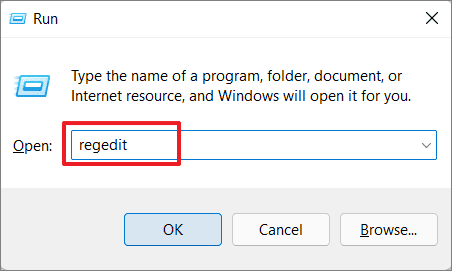
If the User Account Control dialog box asks you whether you want to allow this app to make changes to your device, click ‘Yes’ to continue.
Next, navigate to the following path using the left panel or type/copy it directly in the address bar and press Enter:
HKEY_CURRENT_USER\SOFTWARE\Microsoft\Windows\CurrentVersion\Explorer\RunMRU
When you reach the ‘RunMRU’ key, you will see a list of DWORD entries like a, b, c, d, etc on the right window pane as shown below. These lettered entries except ‘Default’ and ‘MRUList’ are your Run command history. Now you can either clear entire the Run history by deleting all of them or only specific history entries by deleting some entries. Whatever you do Do NOT delete the entries named “Default” and “MRUList”, as these are system files.
To delete the history, select the entries and hit the Delete key or right-click and select ‘Delete’.

On the Confirm Value Delete box, click ‘Yes’ to delete them.

That’s it.
By mastering these Run commands, you can navigate Windows 11 more efficiently and access various settings and utilities with ease.






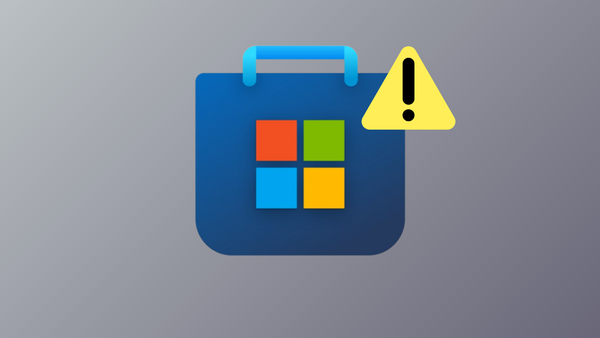
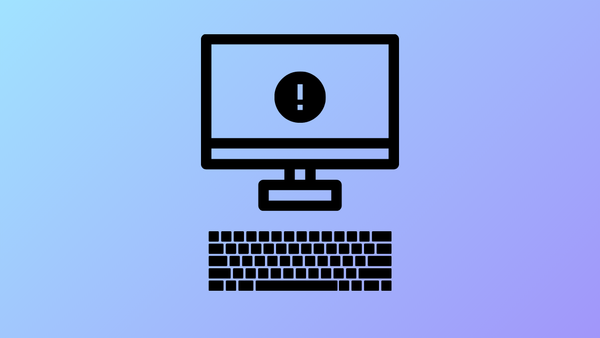
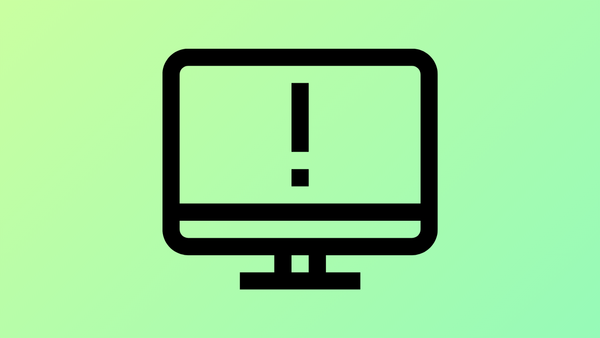
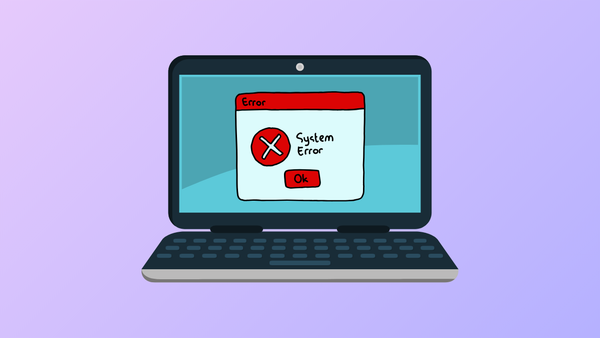
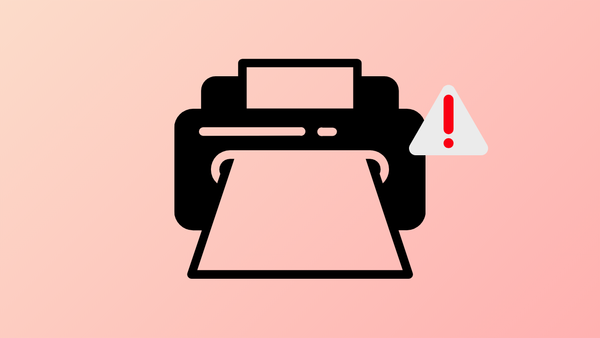
Member discussion